Home>diy>Building & Construction>What Is Fascia In Construction
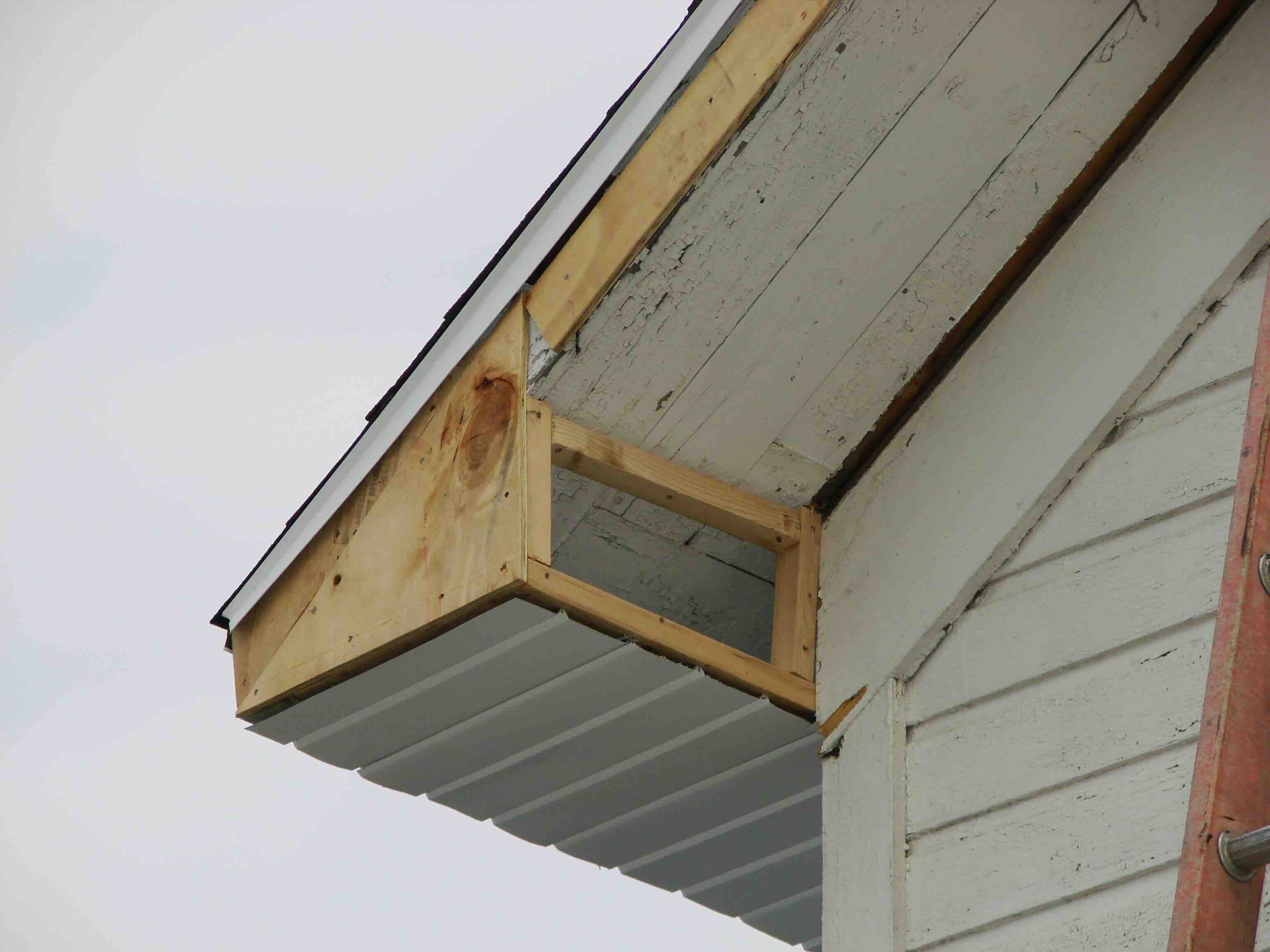

Building & Construction
What Is Fascia In Construction
Modified: August 28, 2024
Learn about the role of fascia in building construction and how it supports the overall structure. Discover its importance and functions in architectural design.
(Many of the links in this article redirect to a specific reviewed product. Your purchase of these products through affiliate links helps to generate commission for Storables.com, at no extra cost. Learn more)
Introduction
Welcome to the world of construction, where every detail matters. One crucial element that often goes unnoticed but plays a significant role in both the functionality and aesthetics of a building is fascia. In this article, we will delve into the fascinating world of fascia in construction, exploring its definition, functions, types of materials, installation process, maintenance, and much more.
When it comes to building exteriors, fascia serves as an essential component. It not only adds an attractive finishing touch but also plays a vital role in protecting the structure from potential damage caused by weather elements such as rain, wind, and sunlight. To gain a better understanding of why fascia is an integral part of construction, let us dive deeper into its definition and purpose.
Key Takeaways:
- Fascia in construction serves as a crucial protective and aesthetic element, shielding buildings from moisture damage, managing water runoff, and enhancing visual appeal. Its proper installation and maintenance are essential for long-term durability.
- Understanding the functions and advantages of fascia materials, installation, and maintenance is vital for ensuring the structural integrity and aesthetic appeal of buildings. From protection to ventilation, fascia plays a multifaceted role in construction.
Read more: What Is A Fascia In Construction
Definition of Fascia in Construction
In the construction industry, fascia refers to the horizontal band or board that runs along the edge of the building’s exterior, typically positioned directly below the roofline or at the junction between the roof and walls. It serves as a protective barrier, shielding the underlying structure against moisture, insects, and other potential sources of damage.
Fascia not only offers functional benefits but also contributes to the overall aesthetic appeal of a building. It provides a polished and finished look to the structure by concealing the ends of the roof rafters and providing a smooth transition between the roof and walls. Fascia can be found on various types of buildings, including residential homes, commercial buildings, and even industrial facilities.
This construction element is commonly made from a variety of materials, such as wood, metal, vinyl, or composite materials. Each material offers distinct advantages and considerations in terms of durability, maintenance, and aesthetic appeal.
While the primary purpose of fascia is to protect the roof and building structure, it also plays a crucial role in maintaining proper ventilation. The area behind the fascia, known as the soffit, provides ventilation for the attic or roof space, allowing air to circulate and preventing the buildup of moisture and potential damage caused by condensation.
Overall, fascia in construction serves as a vital component that not only enhances the appearance of a building but also provides protection and functional benefits. Its role in guarding against moisture and maintaining ventilation makes it an essential element to consider in any construction project.
Functions of Fascia in Construction
Fascia in construction serves a multitude of functions that are crucial for the integrity and longevity of a building. Let’s explore the key functions of fascia:
- Protection: One of the primary functions of fascia is to protect the roof and the underlying structure from the elements. It acts as a shield, preventing water, debris, and pests from entering the building. By keeping out moisture, fascia helps prevent the growth of mold and rot that can compromise the structural integrity of the building.
- Water Management: Fascia plays a vital role in managing water runoff from the roof, ensuring that it is directed away from the building and its foundation. It helps prevent water from seeping into the walls or pooling near the base of the structure, which can lead to water damage and foundation issues. Properly installed and maintained fascia helps protect the building from water-related problems.
- Aesthetic Appeal: Fascia contributes to the overall curb appeal of a building by providing a polished and finished appearance. It hides the exposed ends of the roof rafters, giving a clean and cohesive look to the structure. Fascia comes in various styles, colors, and materials, allowing for customization to match the architectural style or desired aesthetic of the building.
- Soffit Ventilation: The area behind the fascia, known as the soffit, provides ventilation for the attic or roof space. Fascia incorporates vents or perforations that allow air to circulate, preventing moisture buildup, condensation, and mold growth. Proper soffit ventilation helps maintain the health of the roof structure and improves energy efficiency by reducing heat buildup in the attic.
- Support and Anchoring: Fascia serves as a support for the lower edge of the roof tiles or shingles, providing stability and anchoring. It helps secure the roofing material in place, reducing the risk of damage from strong winds or other external forces. Fascia also provides a surface for the attachment of gutters, facilitating efficient rainwater collection and drainage from the roof.
By performing these vital functions, fascia plays a crucial role in ensuring the durability, protection, and aesthetics of a building. It should never be overlooked in the design, construction, and maintenance phases of any structure.
Types of Fascia Materials
Fascia in construction can be fabricated from various materials, each with its own unique characteristics, advantages, and considerations. The choice of fascia material depends on factors such as budget, desired aesthetic, durability, and maintenance requirements. Here are some common types of fascia materials:
- Wood: Wood fascia provides a traditional and natural look to a building. It is typically made from cedar, redwood, or composite wood materials. Wood fascia offers versatility in terms of design, as it can be easily customized to match the architectural style of the building. However, it requires regular maintenance, such as painting or staining, to protect it from moisture damage and insect infestation.
- Metal: Metal fascia, such as aluminum or steel, is known for its strength and durability. It is resistant to rot, insects, and rust, making it a low-maintenance option. Metal fascia can be painted to complement the building’s color scheme. It provides a sleek and modern appearance and is often used in commercial or industrial settings.
- Vinyl: Vinyl fascia is a popular choice due to its affordability and ease of installation. It is resistant to moisture, insects, and rot, making it a low-maintenance option. Vinyl fascia comes in a variety of colors and styles, allowing for customization and matching the building’s aesthetic. However, extreme temperatures can cause vinyl to expand or contract, potentially affecting its stability.
- Composite: Composite fascia is a blend of wood fibers and synthetic materials. It offers the natural look of wood with increased durability and resistance to moisture, rot, and insects. Composite fascia is available in different colors and finishes, providing versatility in design. It requires minimal maintenance and is a good alternative for those seeking the appearance of wood without the associated upkeep.
- PVC: PVC (polyvinyl chloride) fascia is a popular choice for its durability and resistance to moisture, rot, and insects. It is lightweight, easy to install, and requires minimal maintenance. PVC fascia comes in various colors and finishes, providing options for customization. However, prolonged exposure to sunlight can cause PVC to fade or become brittle over time.
When selecting the appropriate fascia material for a construction project, it is important to consider factors such as the building’s style, climate conditions, maintenance requirements, and budget. Consulting with professionals or contractors can help ensure the best choice for your specific needs.
Installation Process of Fascia
The installation of fascia is a crucial step in the construction or renovation process of a building. While it is recommended to hire professionals for this task, understanding the general installation process can help you make informed decisions and communicate effectively with contractors. Here is an overview of the typical installation process of fascia:
- Preparation: Before installing fascia, the existing roof and walls must be thoroughly inspected to ensure they are in good condition. Any damaged or decayed wood should be replaced to provide a solid foundation for the new fascia. The area should also be cleared of any debris or obstructions.
- Measurement and Planning: Accurate measurements of the fascia boards are crucial to ensure a precise fit. The length, width, and angles of the fascia boards should be carefully measured, accounting for any corners or joints. A detailed plan should be created to determine the placement and alignment of the fascia.
- Cutting and Shaping: Once the measurements are taken, the fascia boards can be cut to the appropriate length and shape using specialized tools, such as a circular saw or miter saw. The edges can be smoothed or rounded as desired to achieve a finished look.
- Attachment: The fascia boards are then attached to the walls or roof rafters. Depending on the chosen material, the boards can be nailed, screwed, or glued in place. It is important to ensure secure fastening to withstand wind and weather conditions. Additional support, such as braces or brackets, may be required for longer or wider fascia sections.
- Finishing Touches: Once the fascia boards are securely installed, any visible nails or screws can be concealed with putty or caulk. The edges can be sanded or trimmed for a smooth, polished appearance. If desired, the fascia can be painted or stained to match the overall design of the building.
It is essential to follow safety precautions during the installation process and to consult local building codes and regulations. Hiring licensed and experienced professionals is recommended to ensure proper installation and adherence to construction standards.
When constructing a building, it’s important to understand that fascia is the vertical finishing edge connected to the ends of the rafters, trusses, or the area where the gutter is attached to the roof. It not only provides a finished look to the building but also protects the roof and interior from weather damage.
Read more: How To Install Gutters On Angled Fascia
Maintenance and Repair of Fascia
Maintaining and repairing fascia is crucial for preserving its functionality and appearance, as well as the overall integrity of the building. Regular maintenance helps prevent damage and extends the lifespan of the fascia. Here are some essential tips for maintaining and repairing fascia:
- Cleaning: Regularly cleaning the fascia is essential to remove dirt, debris, and accumulated grime. Use a soft brush or cloth and mild detergent to gently scrub the surface of the fascia. Avoid using abrasive cleaners or harsh chemicals that can damage the material. Rinse thoroughly with water and allow it to dry completely.
- Inspection: Regularly inspect the fascia for any signs of damage, such as cracks, rot, or loose boards. Pay attention to areas where the fascia meets the roof or walls, as these are more prone to moisture buildup and potential damage. Promptly address any issues to prevent further deterioration.
- Repainting or Re-staining: If the fascia is painted or stained, it may require periodic touch-ups to maintain its appearance and protect it from weathering. Monitor the condition of the paint or stain and reapply as necessary. This will help prevent the wood from rotting or the material from deteriorating due to exposure to the elements.
- Repairing Damage: In the event of damage, such as cracks or rot, it is important to address the issue promptly. Minor cracks can usually be filled with exterior-grade caulk or putty. Larger or more severe damage may require replacing the affected fascia board. Consult with professionals for proper repair techniques specific to the material used.
- Gutter Maintenance: Properly functioning gutters and downspouts are essential for directing rainwater away from the fascia. Regularly clean and inspect the gutters to remove any debris or blockages that could lead to overflow or water damage to the fascia. Ensure that the gutters are securely attached to the fascia to prevent sagging or detachment.
- Professional Maintenance: Periodically hiring professionals to conduct a thorough inspection and maintenance of the fascia is recommended, especially for larger or more complex buildings. Professionals can identify potential issues, offer expert advice, and perform necessary repairs or replacements that require specialized skills or equipment.
By following these maintenance practices and promptly addressing any issues, the fascia can remain in optimal condition and continue to fulfill its essential role of protecting the building structure.
Common Issues with Fascia in Construction
While fascia in construction serves a crucial role in protecting the building structure, it is not immune to potential issues. Understanding these common issues can help identify and address them promptly, ensuring the long-term integrity and functionality of the fascia. Here are some commonly encountered issues with fascia:
- Moisture Damage: Fascia is exposed to moisture from various sources, such as rain, snow, or condensation. If the fascia is not properly installed or maintained, water can seep into cracks or gaps, leading to rot, warping, or mold growth. Regular inspection and maintenance can help identify and address moisture-related issues promptly.
- Insect Infestation: Wood fascia, in particular, is susceptible to insect infestation, such as termites or carpenter ants. These pests can cause significant damage if left untreated. Regular inspection and treatment by professionals can help prevent or mitigate insect infestations, ensuring the longevity of the fascia.
- Improper Installation: Poor installation of fascia can lead to a variety of issues, such as loose or sagging boards, gaps, or misalignment. This can compromise the functionality and appearance of the fascia. Hiring experienced professionals for proper installation is crucial to avoid these issues down the line.
- Poor Ventilation: Inadequate ventilation behind the fascia can lead to moisture buildup, condensation, and potential damage to the roof structure. This can result in rot, mold growth, and structural weakening. Proper planning and installation of soffit vents or other ventilation methods can help prevent these issues.
- Weather Exposure: Fascia is constantly exposed to the elements, including harsh sunlight, strong winds, and temperature fluctuations. Over time, this exposure can cause fading, cracking, or warping of the fascia material. Regular maintenance, such as repainting or re-staining, can help protect the fascia from weather-related damage.
- Lack of Maintenance: Neglecting regular maintenance and inspection of the fascia can lead to various issues going unnoticed and worsening over time. It is essential to schedule regular maintenance checks, cleanings, and repairs to address any potential issues promptly and prolong the lifespan of the fascia.
By being aware of these common issues and taking proactive measures to address them, the fascia can remain in optimal condition and fulfill its vital role in protecting the building from potential damage.
Advantages of Fascia in Construction
Fascia in construction offers several advantages that are essential for the overall functionality, protection, and aesthetic appeal of a building. Understanding these advantages can help you appreciate the importance of incorporating fascia into your construction project. Here are some key benefits of fascia:
- Protection: One of the primary advantages of fascia is its ability to protect the building. It acts as a barrier, shielding the roof and underlying structure from weather elements, such as rain, wind, and sunlight. This prevents water damage, rot, mold growth, and structural weakening.
- Improved Aesthetics: Fascia enhances the visual appeal of a building by providing a polished and finished look to the exterior. It conceals the exposed ends of the roof rafters and creates a smooth transition between the roof and walls. Fascia comes in various styles, colors, and materials, allowing for customization to match the architectural style or desired aesthetic.
- Structural Support: Fascia provides support and stability to the lower edge of the roof tiles or shingles. It helps secure the roofing material in place, reducing the risk of damage caused by strong winds or other external forces. Additionally, fascia provides a surface for attaching gutters, facilitating proper rainwater collection and drainage from the roof.
- Enhanced Ventilation: The presence of fascia allows for proper ventilation of the roof space. Behind the fascia, the soffit area provides ventilation, allowing air to circulate and prevent the buildup of moisture and condensation. This helps maintain a healthy roof structure and prevents issues like rot and mold growth.
- Longevity and Durability: Fascia materials, such as metal, vinyl, or composite, offer excellent durability and resistance to damage. They are less susceptible to rot, insect infestation, and weathering compared to exposed wooden structures. This makes fascia a long-lasting solution that requires minimal maintenance, saving time and money in the long run.
- Customization Options: Fascia materials and designs can be customized to meet specific architectural and design requirements. Whether it is a modern, traditional, or minimalist building style, there are a variety of options available to achieve the desired look. Customizable fascia adds a personal touch and allows for cohesive building design.
By incorporating fascia into your construction project, you can enjoy these advantages, ranging from functional benefits like protection and ventilation to aesthetic improvements that enhance the overall visual appeal of the building.
Conclusion
Fascia in construction may be a small and often overlooked component, but its significance cannot be understated. It serves multiple functions, offering protection, support, and aesthetic appeal to the building. Understanding the definition, functions, materials, installation process, and maintenance requirements of fascia is essential for any construction project.
From protecting the roof and underlying structure against moisture damage and pests to providing a polished and finished look, fascia plays a crucial role in the overall integrity and longevity of a building. It ensures proper water management, ventilation, and structural stability, contributing to the sustainability and efficiency of the structure.
Choosing the right fascia material, such as wood, metal, vinyl, or composite, allows for customization according to architectural style and design preferences. Each material offers advantages in terms of durability, maintenance, and aesthetic appeal, giving builders and architects flexibility in their choices.
The installation of fascia requires precision and expertise to ensure a secure and seamless fit. Following proper installation practices, such as accurate measurements, cutting, and attachment, is crucial for optimal performance and longevity of the fascia.
Regular maintenance and prompt repair of fascia are vital. Cleaning, inspection, repainting or re-staining, gutter maintenance, and professional assistance help prevent and address common issues like moisture damage, insect infestation, and improper ventilation. By staying on top of maintenance, buildings can maintain their beauty and functionality over time.
In conclusion, fascia in construction is an essential element that adds value and protection to buildings. Its functions encompass protection, support, ventilation, and aesthetics. By understanding its importance and incorporating proper installation and maintenance practices, builders and homeowners can ensure the longevity and sustainability of their structures.
Frequently Asked Questions about What Is Fascia In Construction
Was this page helpful?
At Storables.com, we guarantee accurate and reliable information. Our content, validated by Expert Board Contributors, is crafted following stringent Editorial Policies. We're committed to providing you with well-researched, expert-backed insights for all your informational needs.

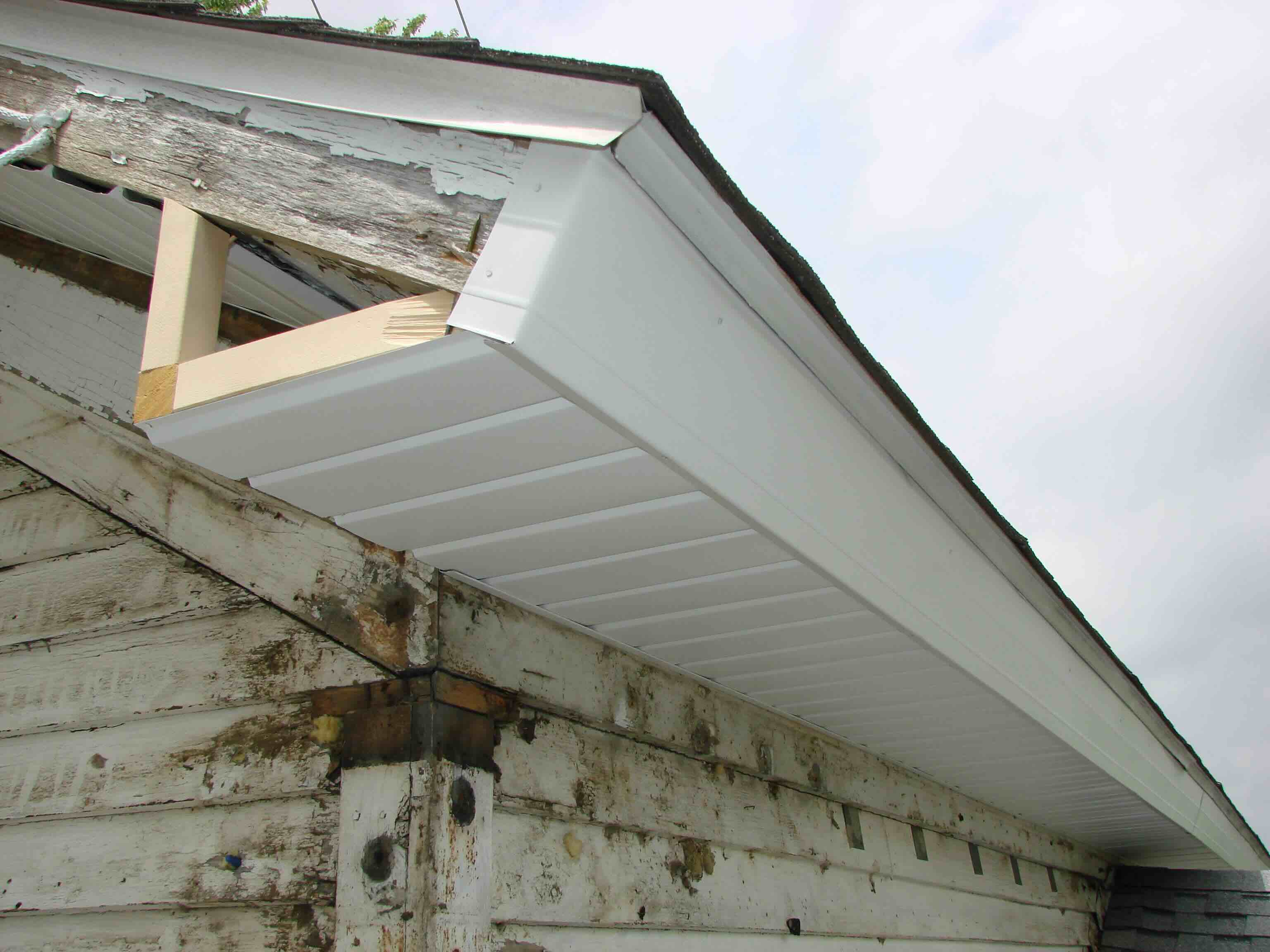
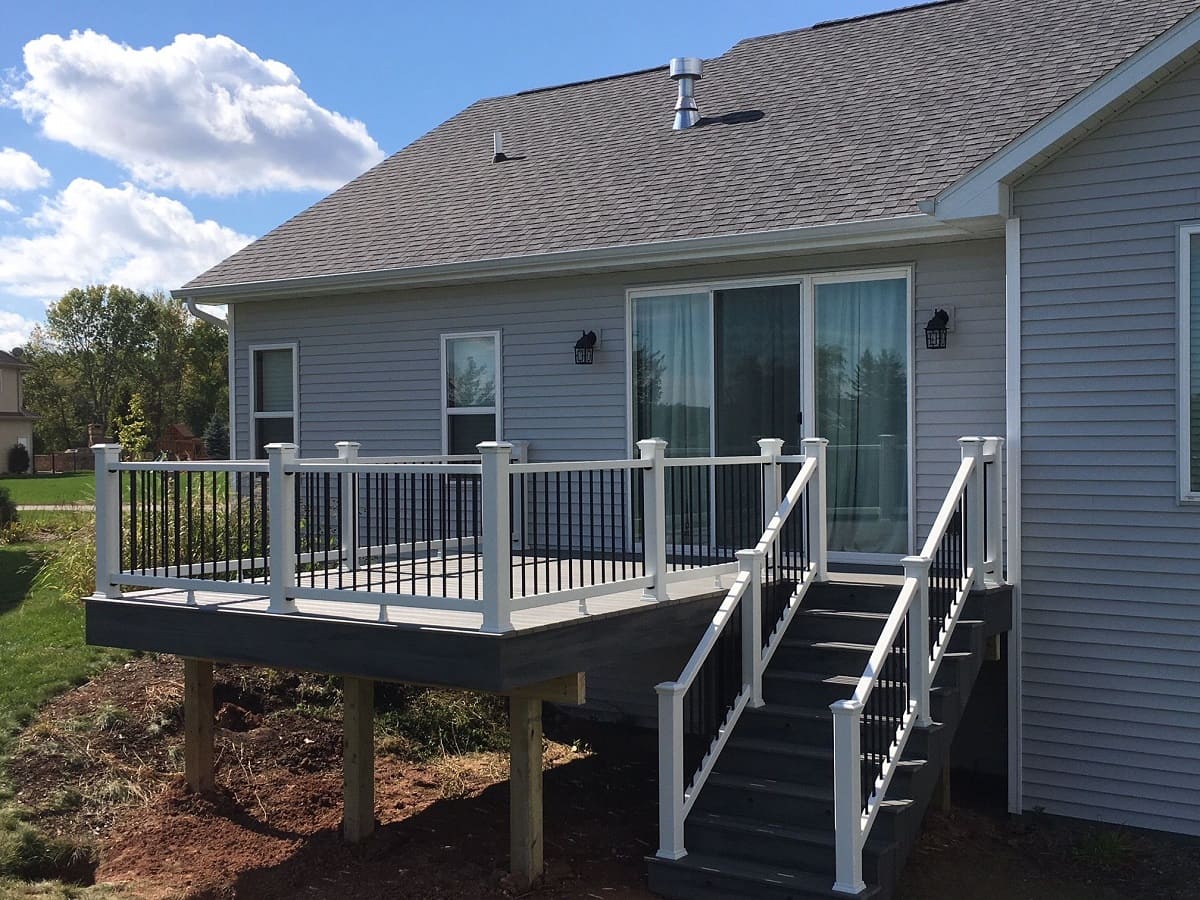
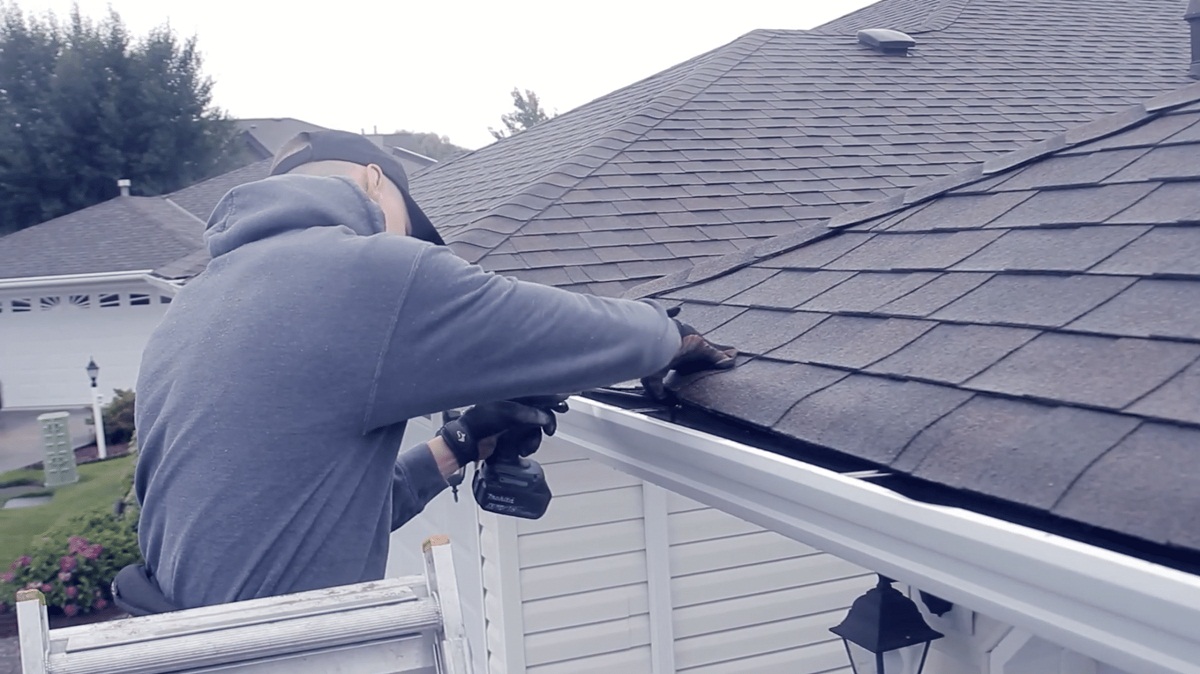
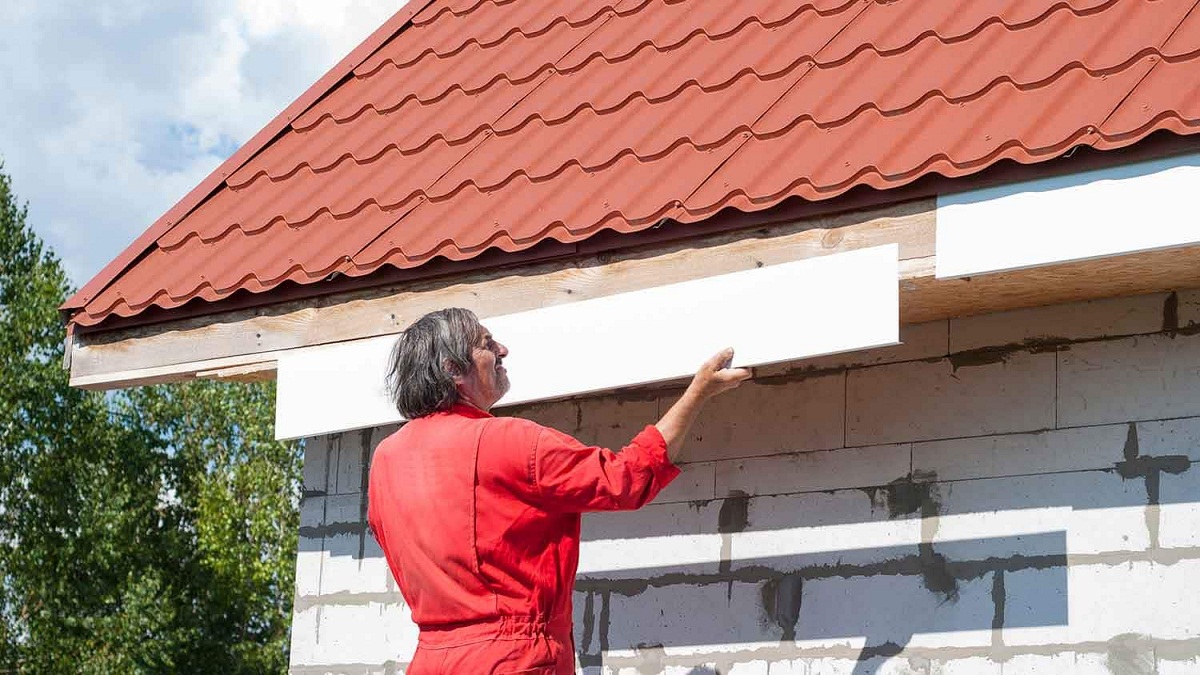

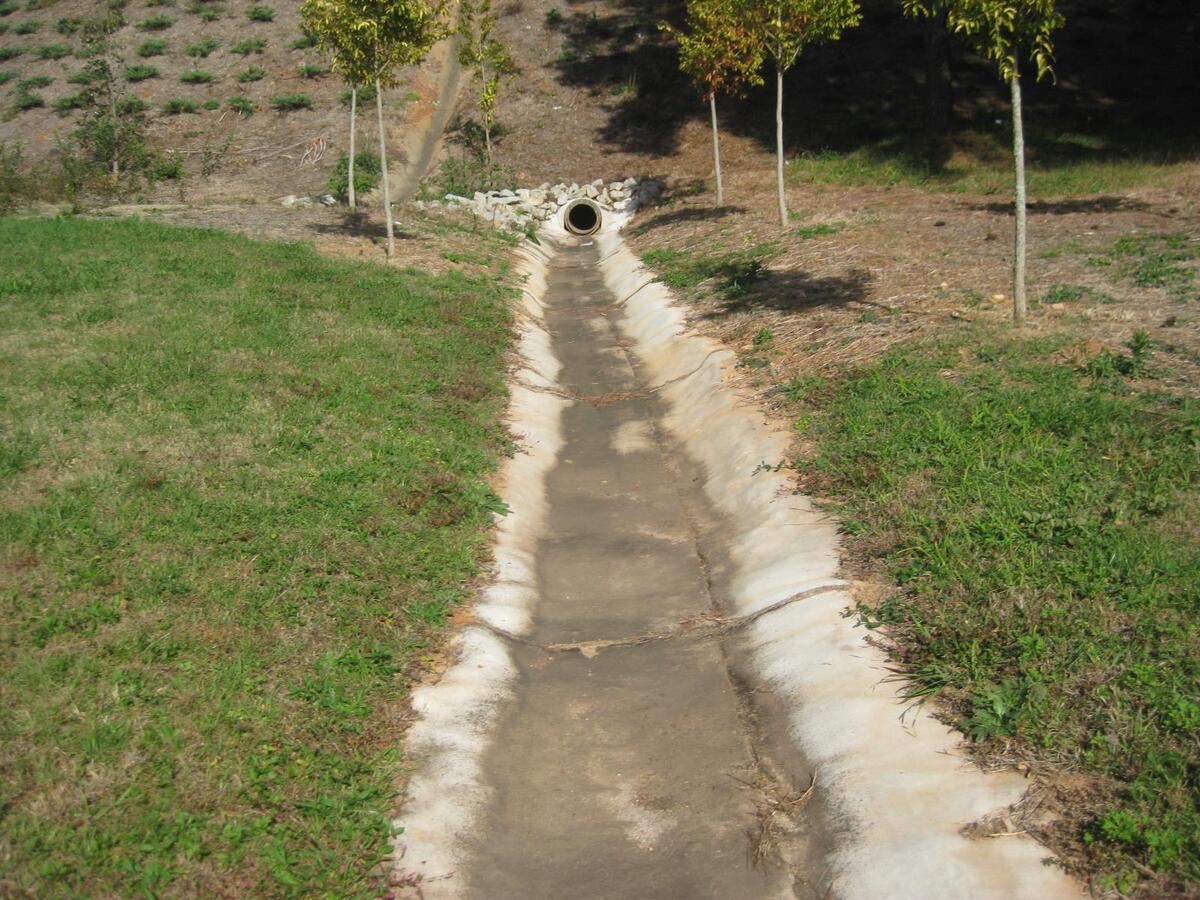
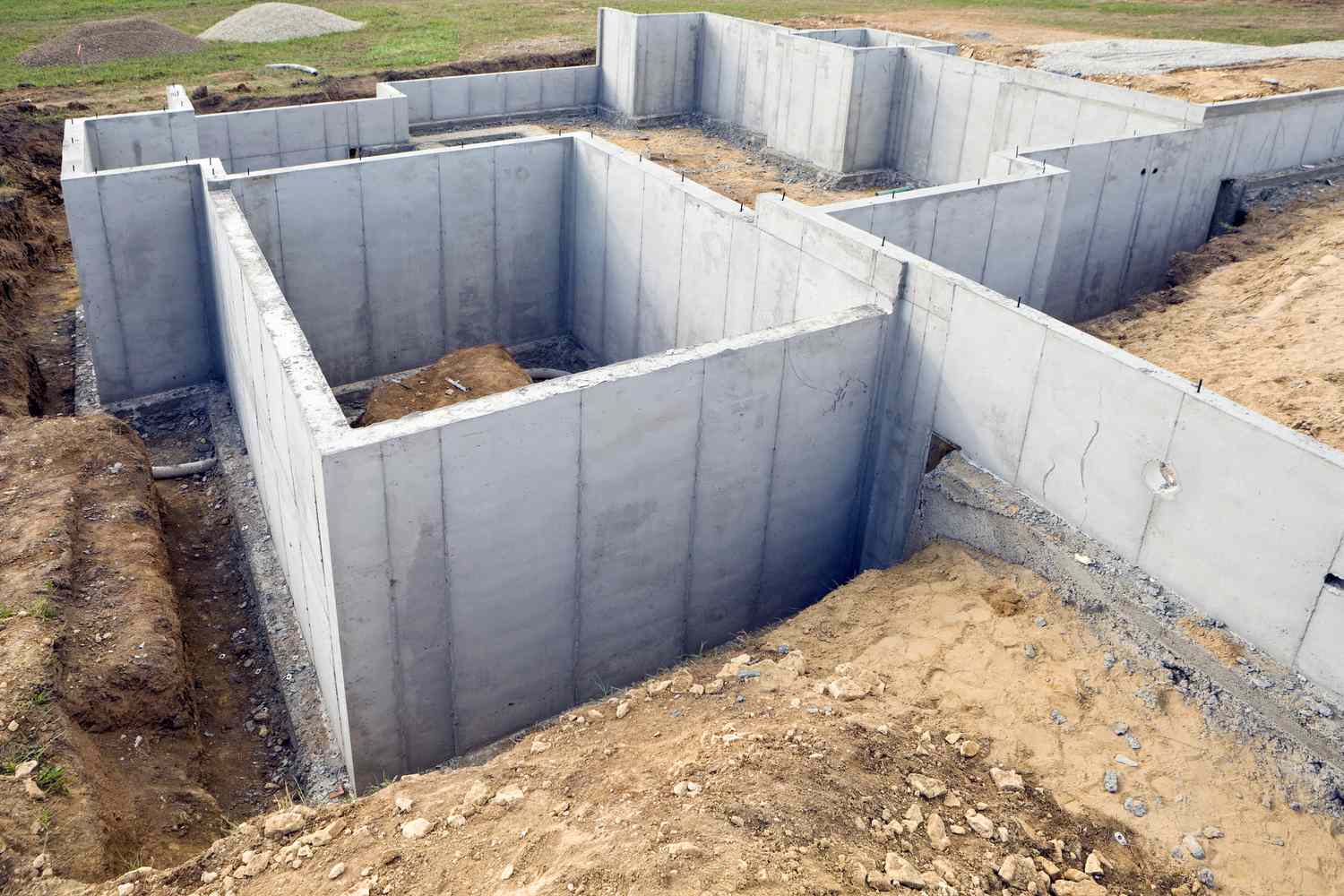


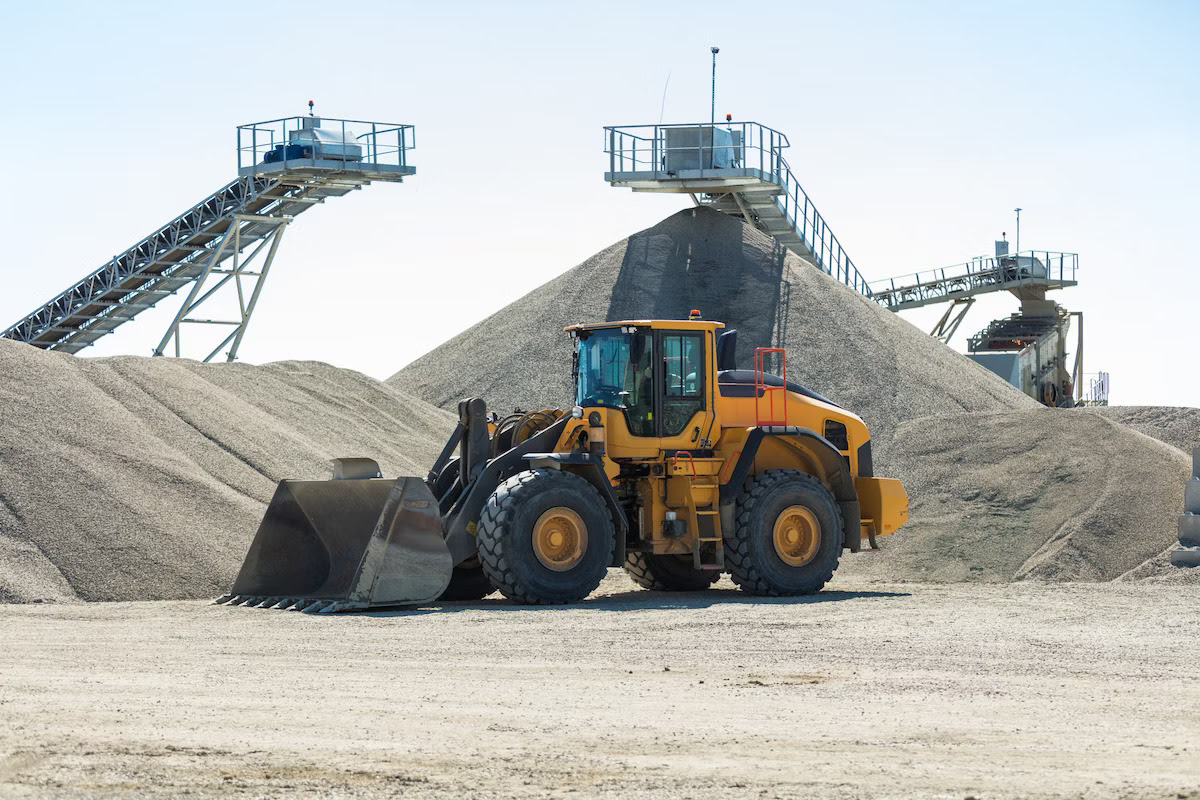




0 thoughts on “What Is Fascia In Construction”